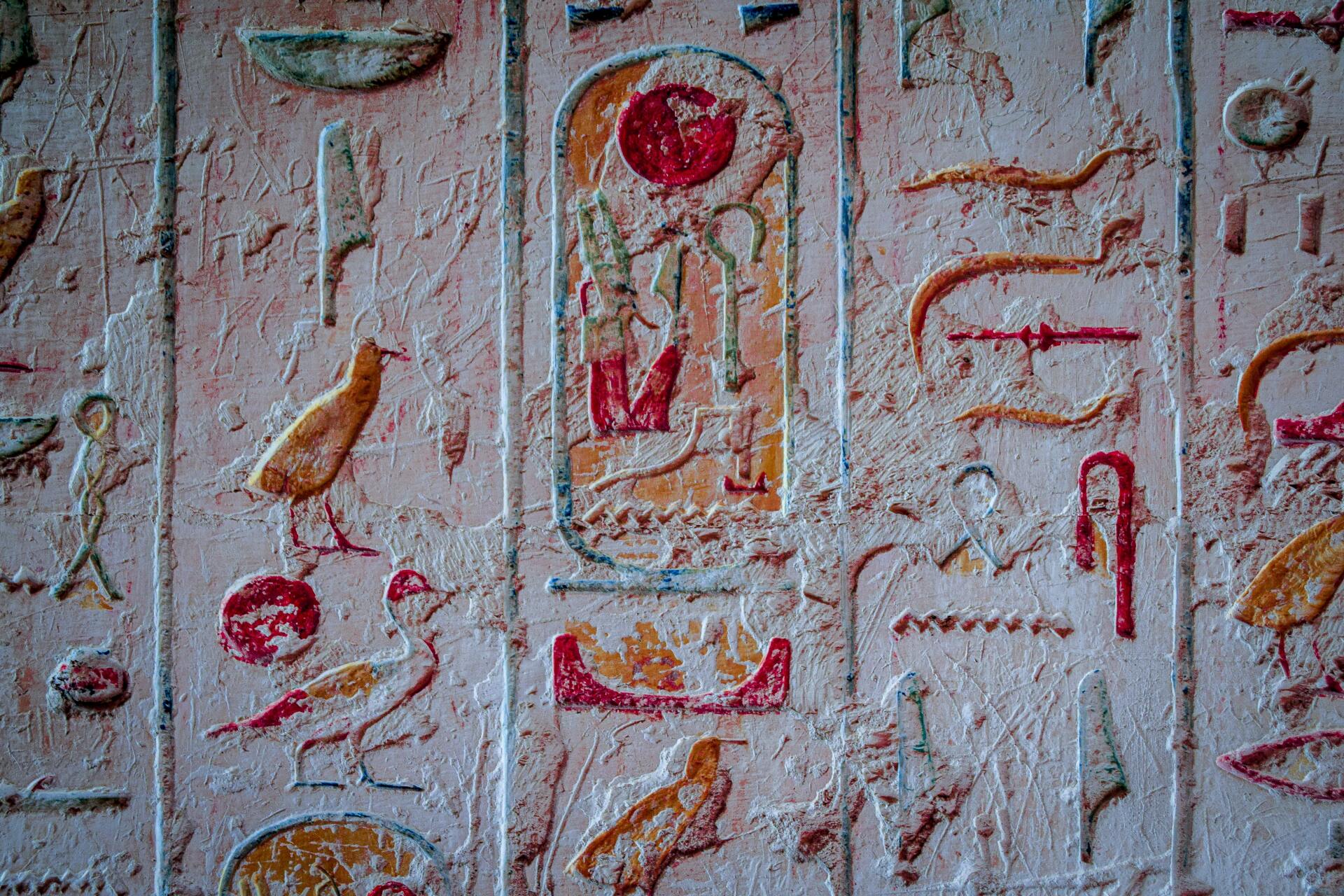SUSTAINABILITY
Technology Transfer
for Climate Action
By Nayelly Landeros
November 22, 2020
Jason Kiely
From blockchain for efficient energy consumption to machine learning for flood forecasting, using climate technology greatly supports and accelerates climate action. But lack of funding and other social, environmental, and political constraints are often barriers for countries to access and develop existing and new technologies needed to mitigate and adapt to the adverse effects of global warming. Hence, placing the right mechanisms and policies is crucial to the deployment and transfer of environmentally sound technologies that support national climate actions, particularly in developing countries.
Dissemination and large-scale deployment of cheaper and better performing technologies are key essential to supporting adaptive capacity and climate change efforts. According to a new report of the World Bank, two-thirds of the emission reductions needed to meet the Paris Agreement can be achieved by mass deployment of existing low-carbon technology. The challenge remains to make these technologies available to developing countries. Against this background, technology transfer has received increased attention over the past years due to its instrumental role in deploying climate technologies in developing countries.
Climate technology transfer?
Climate technologies are any technology - equipment, technique, knowledge, or skill - that is used to reduce GHG emissions or to adapt to the adverse effects of climate change. For instance, clean energy equipment like wind turbine generators or early warning systems. The term "soft technologies" refers to areas like education, best climate practices, knowledge sharing, and training. Climate technology, therefore, includes hard technology, such as devices and digital tools, but also soft technologies such as skill-sharing, feasibility studies or regulatory guidance for climate change, and capacity building activities.
Technology transfer to support climate action encompasses the set of processes covering the flows of promotion, facilitation, and financing for the transfer of, or access to, climate technologies within and between countries and other stakeholders. While there is not a “one-size fits all” formula, assessment of specific technological needs and adaptation to local conditions are some of the necessary steps for effective technology transfer according to the IPCC.
Technology transfer to developing countries is a pillar to drive climate action in the major international environmental agreements. For instance, the Montreal Protocol, the Kyoto Protocol, and the Paris Agreement have provisions addressing the importance of financial resources and technology transfer from developed to developing countries.
UNFCCC efforts to enhance the transfer and development of climate technology.
In the international arena, the UN Climate Change Convention (UNFCCC) has been an important forum for discussion and agreement on climate technology transfer. Over the last 20 years, it has developed a global collaboration framework to promote access and transfer of environmentally sound technologies to developing countries.
Below, I map the main mechanisms and institutions of the UNFCCC that are contributing to the successful development and transfer of climate technologies to developing countries.
Technology needs assessments
Economic, environmental, and social issues vary from one country to another, and so do their climate needs and sector priorities. To understand the specific adaptation and mitigation necessities and barriers, developing countries conduct technology needs assessments (TNAs). TNAs help to identify the best-suited technologies to a country's climate situation and enable the technology action plan for its implementation. To illustrate this, in the report index Georgia was advised to implement coastal zone protection technologies to prevent caused by rising sea levels in the Black Sea. [A1] Conversely, it is recommended that Thailand prioritizes integrated data modeling and R&D research for water resource management and agriculture. The TDAs are developed in line with the country commitments under the Paris Agreement.
Technological mechanism
Established in 2010 at the COP16, the Technological mechanism is an umbrella mechanism whose objective is to facilitate the development and transfer of climate technologies to developing countries. It is formed by two bodies: the Technology Executive Committee (TEC) and the Climate Technology Center and Network (CTCN).
The TEC acts as a policy arm. It analyzes key technology issues and provides policy recommendations to developing countries to enhance climate technology transfer.
The CTCN is the implementation body of the Technology Mechanism and acts as a global technology support network. It provides three main services: delivering technical assistance at the request of developing countries, facilitating access to knowledge and information on climate technologies, and connecting climate technology stakeholders such as governments, private sector entities, technology centers, financial institutions, NGOs, and academic institutions. Also, the CTCN acts as a technology broker, facilitating business cooperation and partnerships, and improving the visibility of the work of its more than 600 members. Membership to the CTCN is free.
Technology Framework
Article 10 of the Paris Agreement established a Technology Framework to guide the work of the Technological mechanism in supporting the technology transfer and development as a driver for the implementation of the Paris Agreement. State parties are currently working to elaborate on the technology framework following their climate technology needs.
Clean Development Mechanism
Despite not having a technology transfer mandate, the Clean Development Mechanism (CDM) offers an opportunity for financing carbon reduction projects in developing countries. The CDM was introduced by the Kyoto Protocol as a flexible market-based mechanism to help countries to meet their carbon reduction targets. In 2010, it was estimated that between 30% and 60% of the carbon projects registered in CDM claimed to have involved transfer climate technology as spillover benefits of the projects.
Read More


Watch Our Episodes




